Page 63 of 107
THE COLLORAFI FAMIGLIA
OF PATTI, SAN PIERO PATTI,
LIBRIZZI &
VALLONE VINA
As you have read in
earlier sections of this book, we trace the generations of Colloraffis
born in Sant' Agata Di Militello and other sections of Sicily, in the past
two hundred years, to the mountains of Librizzi. There also seems to have
been interchange and communication in these branches of the family throughout
the 19th century, as evidenced by marriages and relocation. Furthermore,
the records show that in the early 1800's, the "land owning" part of our
famiy married into the Collura family.
It is most likely that
the Patti area and the Collura Famiglia that ruled there form the base
of both our Colloraffi Famiglia and our name. There is more information
on this in the chapters on the Colloraffi name and our earliest ancestors.
Several branches of our family, seperated by over 200 years share the same
legend; i.e: that the name was changed after two brothers were banished
from the mountains and went to the sea, for defending the family honor,
and that ours was a noble family - as were the Collura Famiglia.
We can trace our family
back to at least 1590 in this area of Sicily and know that we were a land
owning family of some noble background as the titles of "Don" and "Donna"
were used, out of respect, for what may be the common ancestors of all
of the Colloraffis or Collorafis in the world today.
The history of this
North East section of Sicilia is a very interesting one. Historians trace
the early inhabitants of the Patti area to one of the last Greek colonies
established in Sicily, Tyndaris - now known as Tindari. ( It is interesting
that currently there are at least two men in our family known by the most
unusual name of Tindaro Collorafi, who are from the San Piero Patti/Librizzi
area. Obviously, this is the root of that family name.) Tyndaris was a
city that boldly sat on a headland by the sea and was founded in the year
396 BC as an outpost against the Carthaginians. It was populated by Greeks
who were fleeing from the Peloponnesian War. In fact, it was named after
their battle god, who was the brother of Helen of Troy. There is now a
historical arachaeological park at the site, even though much of the city
fell into the sea in a great disaster in the year 70 AD. An Arab invasion
in the year 836 AD further destroyed this settlement.
Patti is said to have
started, in Hellenistic times, as an expansion or outgrowth of Tyndaris.
The city grew vastly when Tyndaris was destroyed. Not only is Patti linked
to the early Greek settlements of Sicily, but the Norman ones as well.
The Normans, who invaded Sicily in 1071, may be responsible for the blue
or green eyes and light hair and complexion that we often seen passed down
through generations of our Colloraffi family. Patti was a favorite Norman
site and they founded an abbey there which was burned because of its loyalty
to the house of Anjou, during the war of Sicilian Vespers in 1282. Chales
of Anjou was crowned Kind of Sicily in 1266 and ruled until this war, which
was a popular Sicilian uprising against the French.
However, the remains
of the very famous Queen Adelasia, who died in Patti in 1118, and is the
wife of the Roger I, King of Sicily and mother of Roger II, is in the cathedral,
which stands on the site of the Norman church built by Roger to contain
the remains of his mother.
In 1554, the city of
Patti was again plundered and burned but this time by an outlaw and pirate
no other than the pirate Khair-ed-din Barbarossa (or Red Beard). In an
earlier section of this book, when I talked of Sicilians moving inland
or to the mountains to escape the pirates, this is fact - not fiction!
The "watch tower" pictured in the Collorafis of San Piero Patti section
of this book, is not there merely for decoration. Perhaps some of our Colloraffi
ancestors were in it, watching the smoke come from nearby Patti in the
year 1554.
Patti is now considered
a wonderful city to visit due to not only it's beautiful location, overlooking
the sea, but an interesting medieval quarter and several churches - San
Nicolo and San Michele, filled with the art by Gagini. There is also the
15th century church - Sant' Antonio Abate with beautiful rounded arches.
The Cattedrale di San Bartolomeo, which contains the sarcophagus of Queen
Adelasis, the wife of Roger I. There are also traces of the Norman rule
in the ruined tower, and traces of the city gate and wall. Recently, Patti
has become famous for the Roman Villa which was uncovered in 1973.
The part of our Colloraffi
family that lived in Patti, for the most part,were either seamen or merchants.
The women are listed as spinners or weavers. Aside from the lucky sons
who inherited the farm land, which was owned by part of our family in the
San Piero Patti and Vallone Vina/Librizzi area, there seemed to be much
interchange and intermarrying of family and extended family members in
all of these North East communities, which are very close together.
From what we can determine,
the name Patti derives from either a city wall or from the word for a treaty.
San Piero, is the Norman or French-Sicilian version of Saint Peter, who
was the patron saint of this area after the Norman invasion brought Christianity
back to Sicily. It is interesting that though Pietro is a common name,
evident in nearly every Colloraffi family of Vallone Vina, San Piero Patti,
Patti, and Librizzi - it is not a common name in the branch of our family
from Sant' Agata Di Militello.
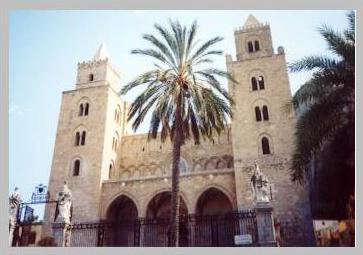
A Norman Cathedral
in Cefalu on the Tyrhenian,
built close to
where Rofi Mare once existed. Roger built this in thanks for
surviving a sea
wreck in this area.

Some memories -
high in the Nebrodi Mountains of Sicily
in the year 2000.
Robert and Janice Colloraffi Anschuetz
are in the top
picture.
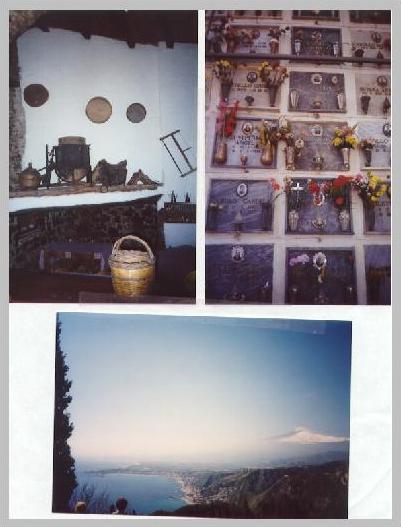
Top left - a Sicilian
kitchen in the Nebrodi mountains, a town cemetery in Trabia,
a view of Mt. Etna
from Taormina.
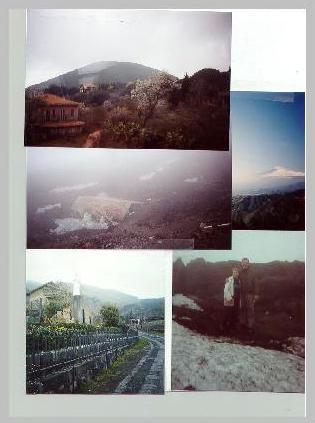
Some views of Mt.
Etna, 2000
These are in the
Nebrosi Mts. above Catania.
The village of
Nicolosi, a home carried by the lava and deposited in it's depths
from the 1992 erruption,
as seen from above Catania, the site where the lave stopped
after filling in
a 450 foot valley in 1992. Robert & Janice on a snow covered lava field
from the 1992 erruption.
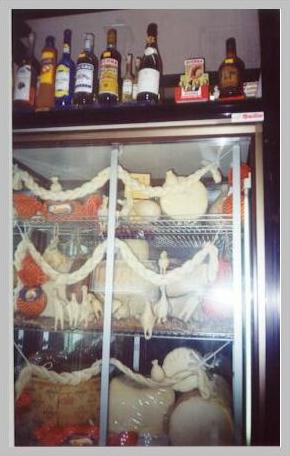
Looking in a Sicilian
shop window - note the
cheese shapes.
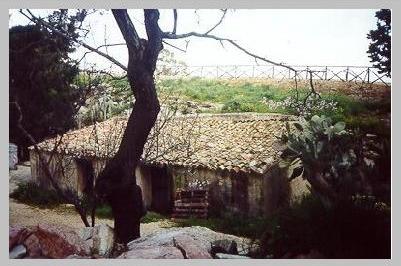
The typical home
like our ancestors - in the smaller towns
may have lived
in.
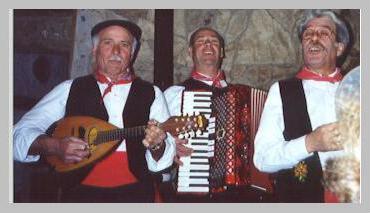
We sang Sicilian
folksongs - high in the Nebrodi Mountains
in a farm, with
these talented musicians, 2000.
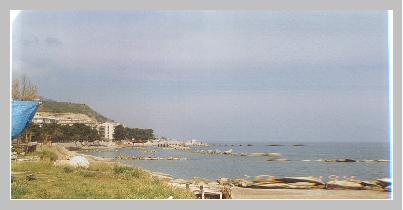
Parri a
mare.
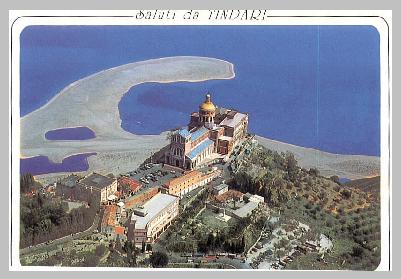
Tindari.
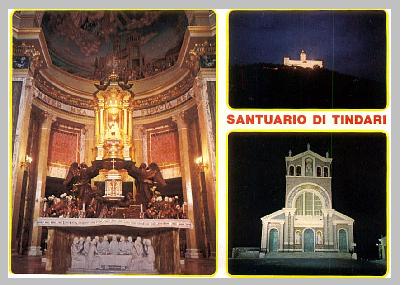
Views of Tindari.
Page 63 of 107









